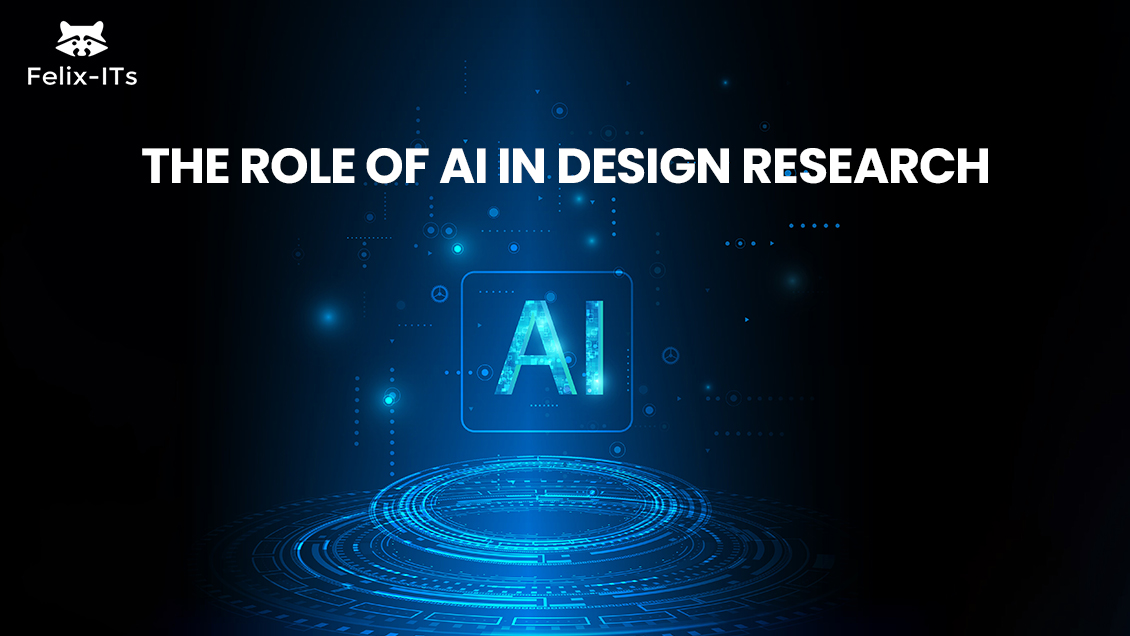Hey there fellow designers, have you ever wondered how AI can help with your design research? Well, let me tell you, it has the potential to change the game completely! With AI, we can now gather and analyze large amounts of data quickly, giving us insights that would have been impossible to get otherwise.
Let’s talk about the benefits of using AI in design research. One of the biggest advantages is the ability to process and analyze big chunks of data in no time. Think about it, with AI we can now go through social media platforms like Twitter or Instagram, and understand how people interact with products and services. We can also use data from sensors like those found in smartphones or smart home devices, to understand how people use these products in their everyday lives.
Another benefit is the ability to create personalized user interfaces. With AI, we can analyze data from users to understand their preferences and habits, and then create customized interfaces tailored to their specific needs. How cool is that?
Now, before you jump into the AI bandwagon, it’s important to keep in mind that the data gathered is only as good as the data inputted. Make sure you have a well-defined research question, a plan, and a valid sample before you start. Also, don’t forget about the ethical implications of using AI in design research, like data privacy and bias.
So, how can we gather data for design research with AI? There are several tools and techniques we can use, like natural language processing (NLP), machine learning (ML) and computer vision (CV). NLP can be used to analyze text data like tweets or comments, while ML and CV can be used to analyze images and videos. Just make sure you use the right tool for the right job.
Once we have the data, we can use AI to analyze and interpret it. Some popular techniques include sentiment analysis, cluster analysis and predictive modeling. Sentiment analysis can be used to understand the emotions and opinions expressed in text data, while cluster analysis can be used to group users into different segments based on their behavior. Predictive modeling can be used to understand how users are likely to behave in the future.
One example of how AI can be used in design research is through sentiment analysis. Sentiment analysis is a technique used to understand the emotions and opinions expressed in text data, such as social media posts or online reviews.
Let’s say a designer is working on a redesign of a website for an e-commerce company. They want to gather feedback on the current website to inform their redesign. They could use an AI-based sentiment analysis tool to analyze customer reviews and feedback on the current website. The tool would process the text data and assign a positive, negative, or neutral sentiment to each review.
The designer could then use this information to understand which aspects of the website are causing negative emotions and opinions among customers. For example, they may find that customers have a negative sentiment towards the website’s layout, loading times, and search functionality. With this information, the designer can prioritize these issues and make changes to the website’s layout, performance, and search functionality in the redesign.
Furthermore, the AI-based sentiment analysis tool could also provide insights on what the customers like about the website, and the designer can maintain those elements.
By using AI to analyze customer feedback, the designer can make data-driven design decisions that are more likely to result in a website that meets the needs of its users. This is just one example of how AI can be used in design research, but it demonstrates how AI can help designers gain valuable insights that would be difficult or impossible to obtain through traditional research methods.
Another example of how AI can be used in design research is through predictive modeling. Predictive modeling is a technique used to predict future outcomes or behaviors based on historical data.
Imagine a designer working on a redesign of a mobile application for a ride-sharing company. They want to understand how users interact with the current app, and predict how they will interact with the redesigned app. They could use an AI-based predictive modeling tool to analyze data on how users currently interact with the app, such as the pages they visit, the buttons they press, and the time spent in the app.
The designer could then use this information to create a predictive model of how users will interact with the redesigned app. For example, the model may predict that users will spend more time on the home screen and less time on the settings page. With this information, the designer can prioritize features and design elements on the home screen to optimize user engagement and improve the overall user experience.
Additionally, predictive modeling can also be used to predict how users will interact with the app under different scenarios, such as different time of the day, different location, different weather, and many other factors. This can help the designer to create a more versatile design that adapts to the user’s context.
In this example, AI-based predictive modeling tools can help designers to understand how users will interact with a product before it is even built, and make data-driven design decisions that are more likely to result in a product that meets the needs of users.
In conclusion, AI is a game changer for design research. It allows us to gather and analyze data quickly, giving us insights that would have been impossible to get otherwise. Just remember to keep in mind the ethical implications, and to use the right tools and techniques for the job. With AI, we can create designs that truly meet the needs of our users.


